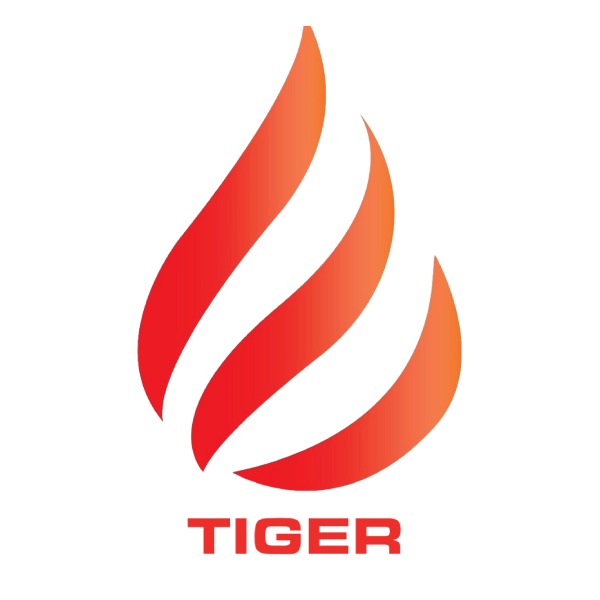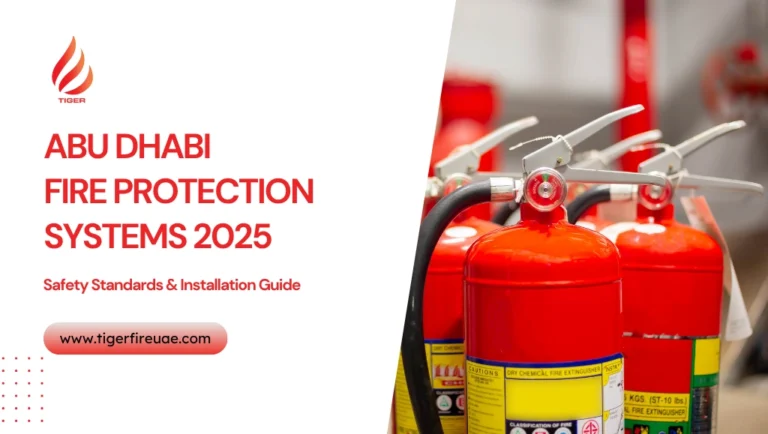Introduction
As Abu Dhabi continues to expand its urban landscape, fire safety remains a paramount concern. In 2025, the city has updated its fire protection standards to enhance safety across residential, commercial, and industrial buildings. This guide delves into the latest regulations, installation protocols, and maintenance practices to ensure compliance and safeguard lives and property.
Understanding Abu Dhabi's Fire Safety Regulations
The Abu Dhabi Civil Defence Authority (ADCD) enforces stringent fire safety regulations to protect occupants and assets. These regulations are aligned with international standards and are periodically updated to address emerging risks and technological advancements. Key components include:
Fire Detection Systems: Mandatory installation of smoke detectors and fire alarms in all buildings.
Fire Suppression Systems: Requirements for sprinklers, extinguishers, and suppression systems tailored to building types.
Evacuation Plans: Clear signage, emergency exits, and regular fire drills.
Facade Safety: Regulations on cladding materials to prevent fire spread.
Compliance with these standards is not optional; it’s a legal requirement. Non-compliance can lead to penalties, increased insurance premiums, and, most critically, jeopardized safety.
Types of Fire Protection Systems in Abu Dhabi
Selecting the appropriate fire protection system is crucial for effective fire safety. In Abu Dhabi, the following systems are commonly implemented:
1. Fire Sprinkler Systems
These systems are designed to automatically suppress fires by releasing water when a fire is detected. There are several types:
Wet Pipe Systems: Contain water under pressure and are ideal for most environments.
Dry Pipe Systems: Used in areas where freezing is a concern; water is released only when needed.
Pre-Action Systems: Require two triggers to activate, reducing the risk of accidental discharge.
Deluge Systems: Release large amounts of water simultaneously, suitable for high-hazard areas.
2. Fire Alarm Systems
Integrated systems that detect smoke or heat and alert occupants. Modern systems are often connected to the ADCD’s central monitoring system, ensuring rapid response.
3. Fire Extinguishers
Portable devices designed to suppress small fires. Regular inspection and maintenance are essential to ensure functionality.
4. Fire Suppression Systems
Specialized systems using agents like CO₂ or foam to suppress fires in areas with sensitive equipment, such as server rooms.
Installation Guidelines for Fire Protection Systems
Proper installation is critical to the effectiveness of fire protection systems. In Abu Dhabi, the installation process involves several key steps:
1. System Design and Approval
Before installation, a detailed design must be submitted to the ADCD for approval. This includes:
Building layout and occupancy classification.
Type and placement of fire protection systems.
Compliance with the UAE Fire and Life Safety Code.
2. Licensed Contractors
Only ADCD-approved contractors are permitted to install fire protection systems. These professionals are trained to adhere to local codes and standards.
3. Installation Process
The installation must follow the approved design and include:
Proper placement of detectors and sprinklers.
Integration with the building’s electrical and plumbing systems.
Testing and commissioning to ensure functionality.
4. Final Inspection and Certification
After installation, the system undergoes a final inspection by the ADCD. Upon approval, a certificate of compliance is issued.
Maintenance and Compliance
Regular maintenance is essential to ensure fire protection systems remain operational. The ADCD mandates:
Annual Maintenance Contracts (AMCs): Engaging certified service providers for regular inspections and servicing.
Record Keeping: Maintaining detailed logs of inspections, tests, and maintenance activities.
Training: Educating building occupants and staff on fire safety procedures.
Failure to maintain systems can lead to malfunctions during emergencies and potential legal consequences.
The Role of Technology in Fire Safety
Advancements in technology have significantly enhanced fire protection systems:
Smart Systems: Integration with building management systems for real-time monitoring and alerts.
Remote Monitoring: Connection to the ADCD’s central monitoring system, ensuring immediate response.
Data Analytics: Using data to predict potential fire risks and optimize system performance.
Embracing these technologies can improve safety and streamline compliance processes.
Conclusion
In 2025, Abu Dhabi’s commitment to fire safety is evident through its stringent regulations and advanced fire protection systems. By understanding and adhering to these standards, building owners and managers can ensure the safety of occupants and assets. Regular maintenance, proper installation, and embracing technological advancements are key to effective fire protection.
For expert guidance and services, consider consulting certified fire protection professionals in Abu Dhabi.

